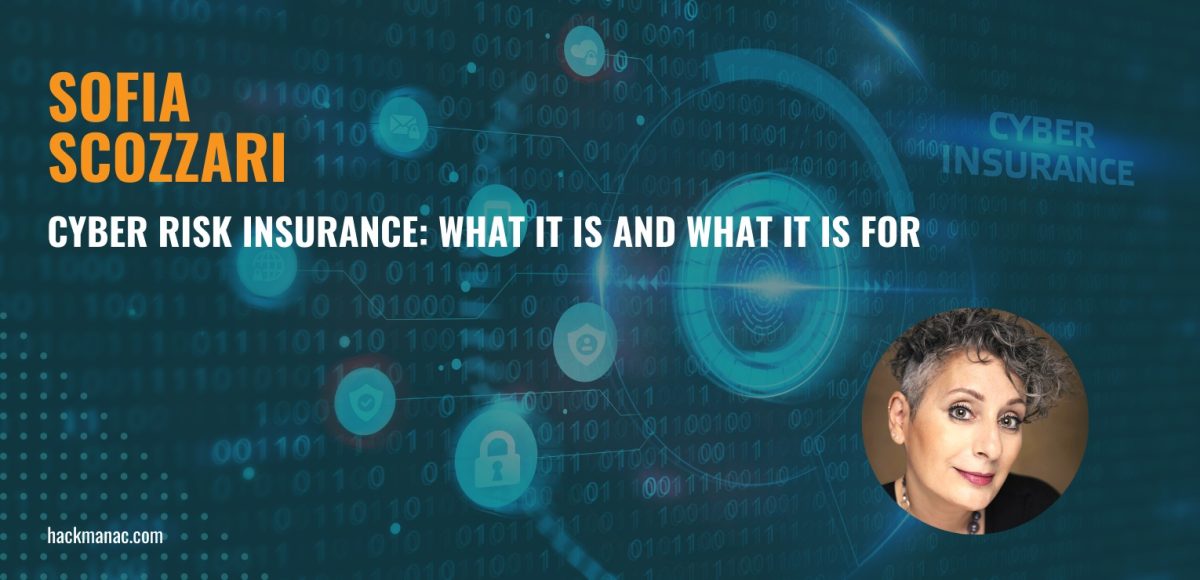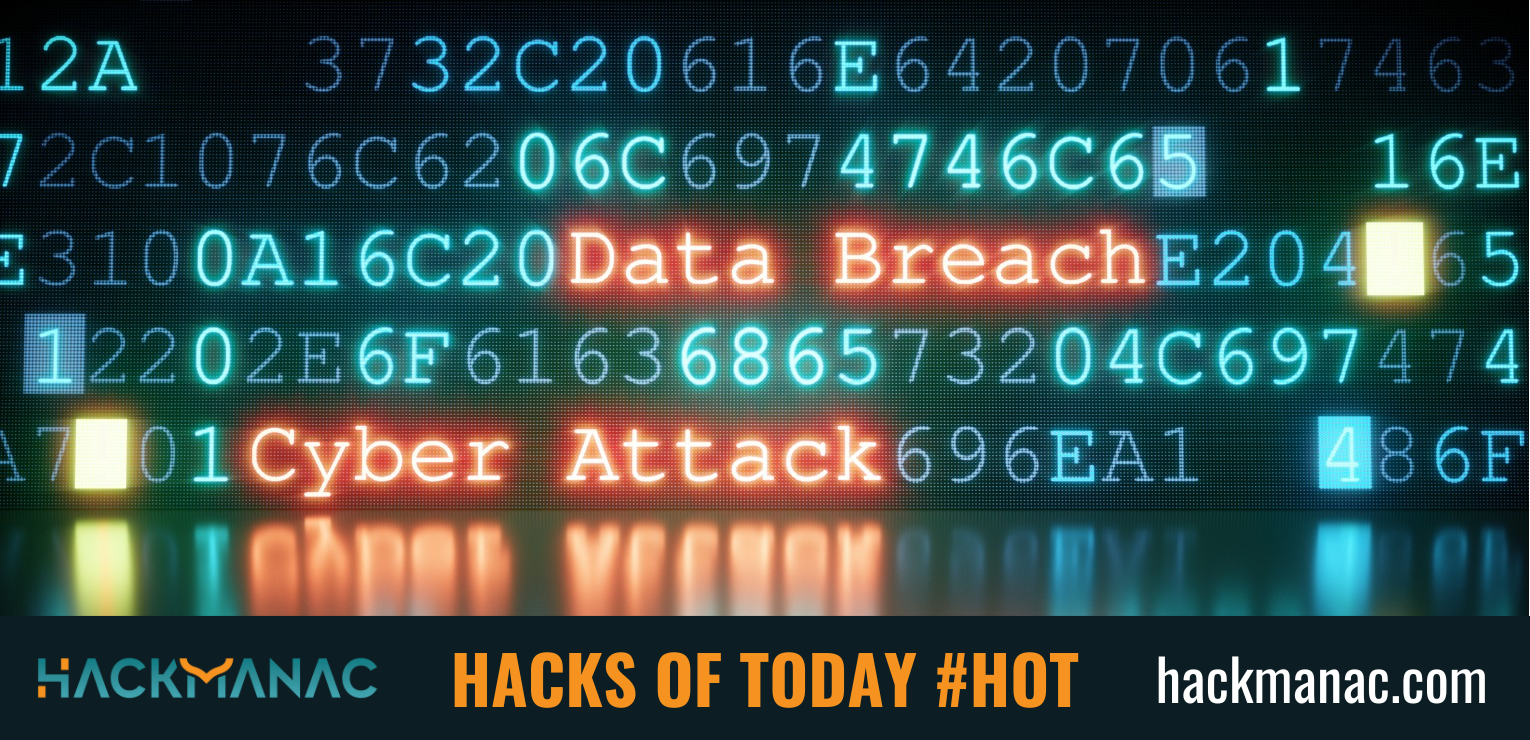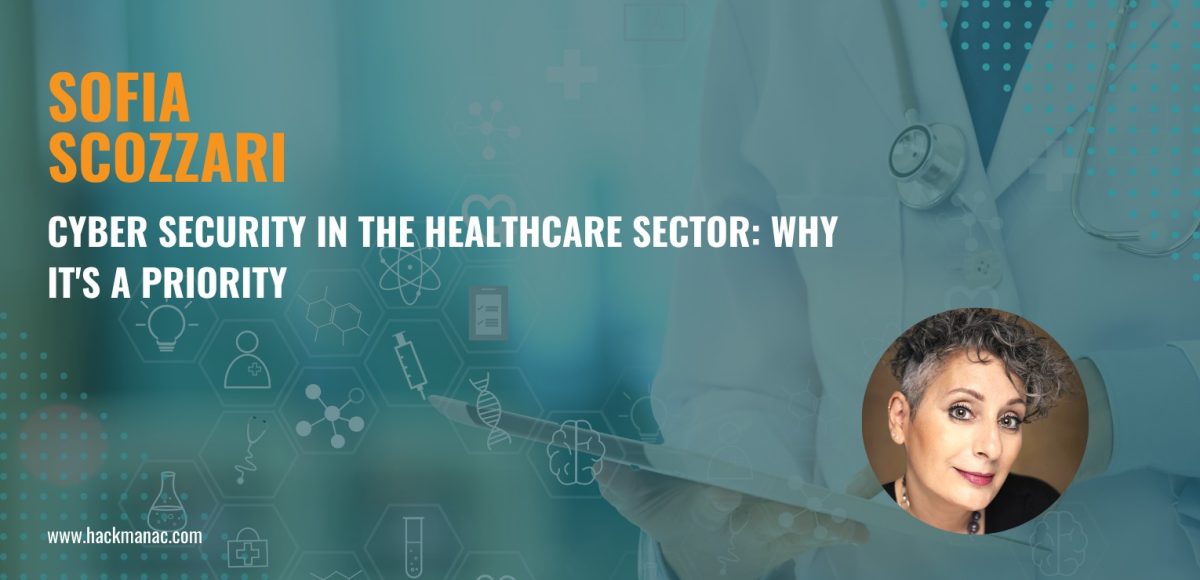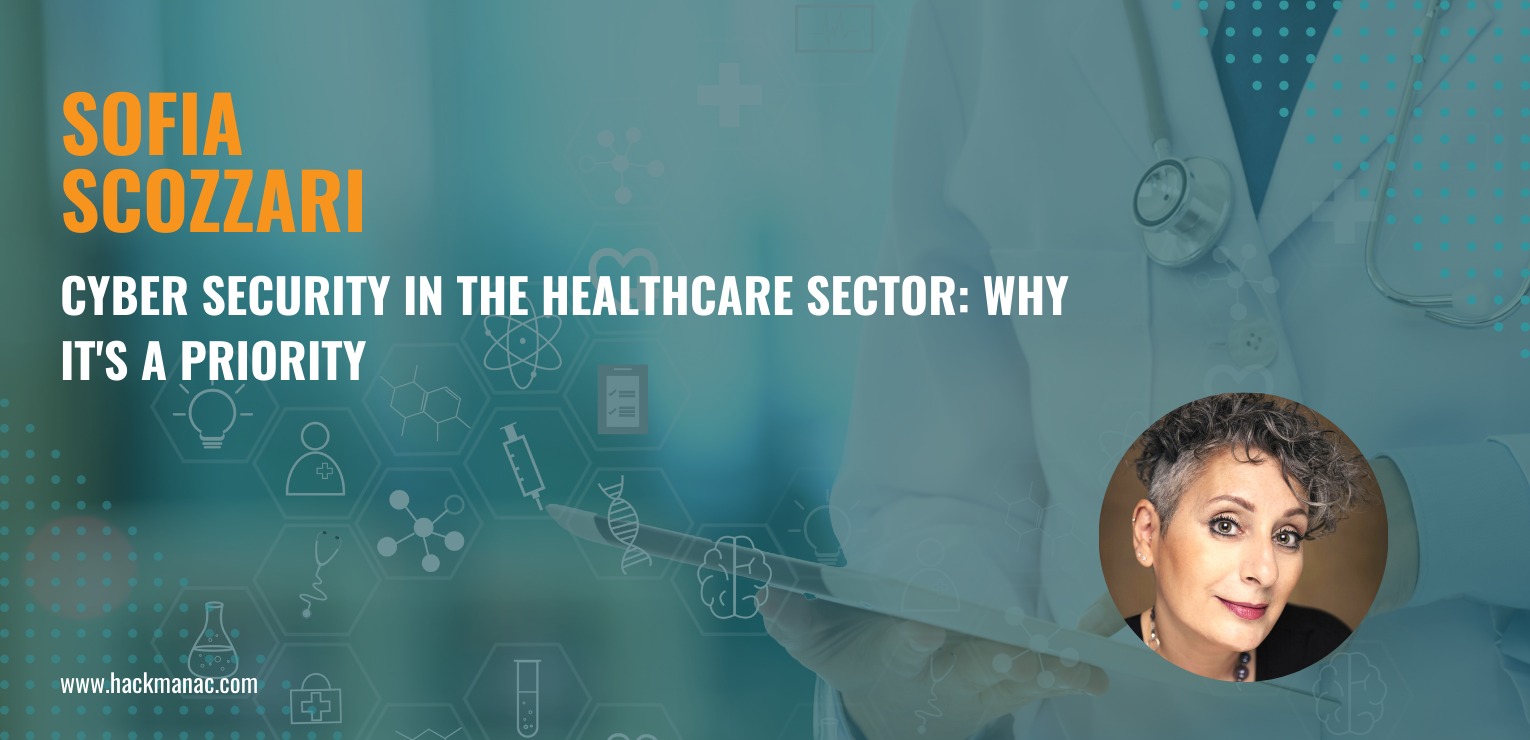news
CYBER RISK INSURANCE: WHAT IT IS AND WHAT IT IS FOR

Cyber risk is something that can no longer be ignored.
Cyber attacks are always lurking and, as we described in the Clusit Report, they increase both in frequency and in criticality, maximizing the impacts of cybercrime.
On the other hand, the average time it takes for a company to identify a violation is 200 days, an exorbitant duration, during which criminals are free to carry out their maneuvers undisturbed.
Malware, data and identity theft, frauds, criminal activity by insiders, human errors, damage to computer hardware and software systems (accidental or not): the list of digital dangers to which business and assets are exposed corporate are infinite.
In addition to damage to IT systems and loss of data (company and customers’ data), it is also important to consider:
- damage due to the interruption of activities;
- loss of customers and suppliers;
- legal issues and any claims for compensation from third parties;
- reputational damage.
Cyber risk is certainly complex to assess: since it cannot be totally eliminated, it is a priority to find a way to mitigate it as much as possible.
Cyber risk insurance is a useful tool for this purpose.
What is a Cyber Risk Policy?
The insurances that allow you to manage cyber risk are policies useful for protecting commercial activities and business from criminal operations and related threats.
As we have seen, the components to be evaluated in cyber risk are many.
It is very important that the policy you choose offers 360 ° protection.
In addition, like car insurance, it is useful for the policy to allow you to evaluate which protections are worth adding based on the specifics of the client company, such as the sector, the size, the regulatory compliance to which it is subject.
This is in order to cover various potential needs in the event of a malicious or accidental event, such as:
- economic losses
- civil liability
- legal protection
- event management costs (for professionals to hire, for hardware and software purchases, for the protection of reputation)
Who needs a Cyber Risk policy?
All companies, large and small, are exposed to cyber risks.
Large companies and multinationals can have very complex networks and IT systems and therefore a large attack surface.
Or, being often well known, they may be subject to more targeted attacks.
Small companies and professionals, on the other hand, despite being equally exposed to the risks of the cyber world, do not always have the budget sufficient to manage the consequences of malicious events.
Institutions and companies that offer critical services, such as those in the health sector, must finally protect the sensitive data they deal with and, at the same time, ensure operational continuity since they cannot allow cyber attacks or incidents of various kinds. (accidental or not) impact on the activities.
It is therefore evident that Cyber Risk Policies can be useful to different realities, offering targeted and flexible protection.
Why subscribe to a Cyber Risk policy?
In cyber security, preventive activities, such as the verification of computer systems, hardware and software (Vulnerability Assessment, Penetration Test, Code Review, …), or Awareness courses for staff, as well as defensive solutions (anti-malware, firewall , etc ..), are now essential to reduce exposure to digital threats.
But, however effective these may be, it will always remain a component of cyber risk that is difficult to assess and manage, as it is dependent on unforeseen events and complications.
Cyber risk policies can be useful in mitigating these residual risks that could damage the business.
Cyber risk insurance is useful for companies of all sizes, organizations and institutions.
Certainly not being able to replace the preventive operations or the defensive solutions of cyber security, they must, if anything, be considered as complementary to be sure of implementing a truly effective cyber security strategy.
Good job!
Latest news
HACKS OF TODAY 20-21-22/04/2024
Today's HOT includes 10 ransomware victims by the notorious 8Base, Medusa, Embargo and Inc Ransom gangs. The average Cyber Risk Factor is 3.9. Read below the full list.
Read MoreHACKS OF TODAY 13-14-15/04/2024
Today's HOT includes 24 ransomware victims by the notorious Hunters International, LockBit 3.0, Daixin, Medusa, ThreeAM, Black Suit, DragonForce, 8Base, Akira and DarkVault gangs. The average Cyber...
Read MoreHACKS OF TODAY 03-04/04/2024
Today's HOT includes 25 ransomware victims by the notorious Rhysida, Ra World, 8Base, INC Ransom, Hunters International, Medusa, Qilin, Black Suit, Cactus and Kill Security gangs. The...
Read More




